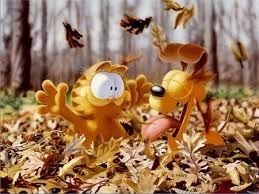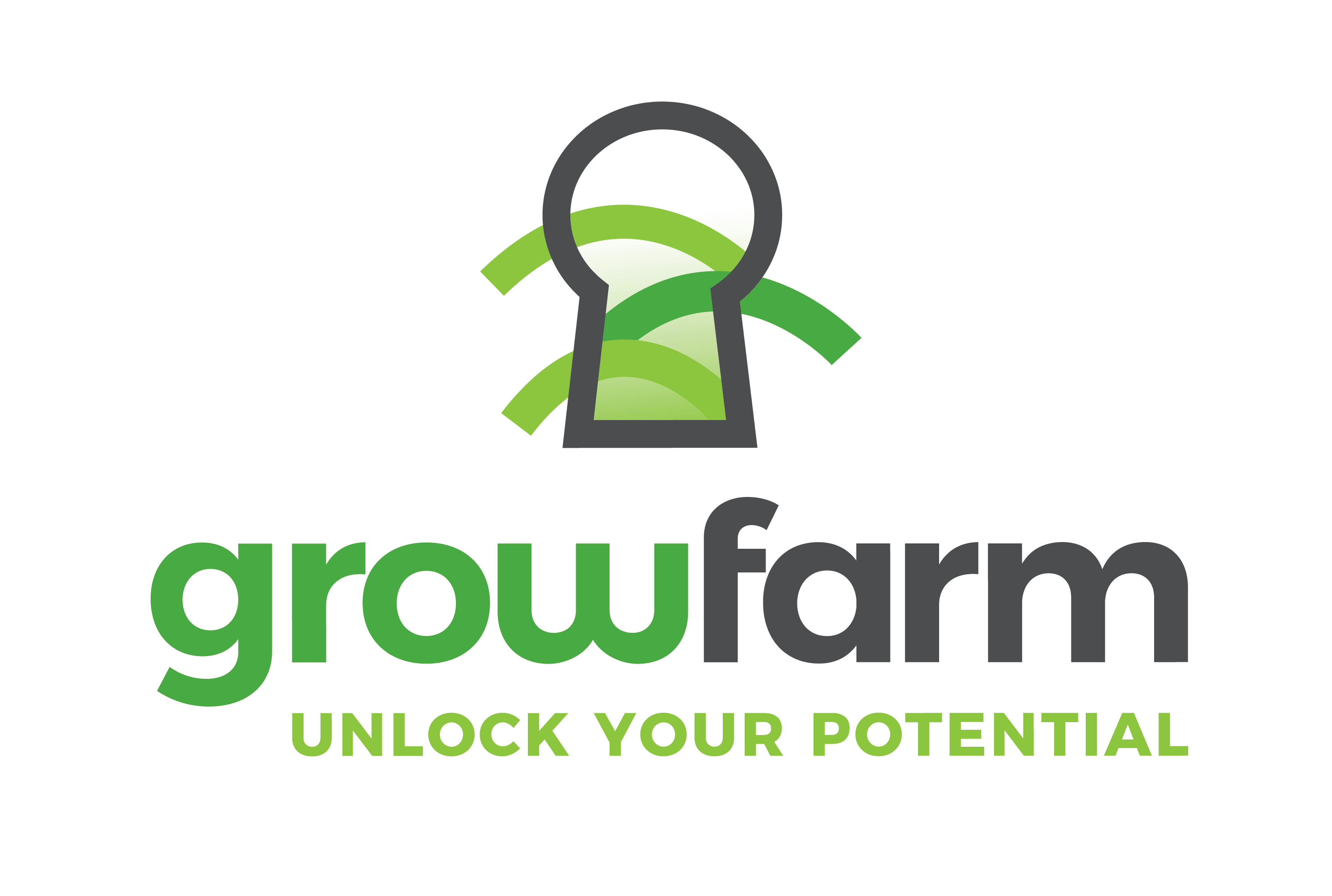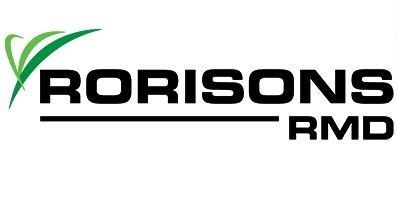Autumn Newsletter 2019

Autumn is certainly here now, the leaves are changing colour, the nights are getting cooler and Daylight Savings is back to 'normal'.
Here at Qlabs we are just coming to the end of bulk DM testing for local contractors.
The lab is also busy processing soils for autumn and/or spring fertiliser recommendations, have you tested yet?
Ray recently spoke at the Growfarm® National Mastermind 2019. He had a great time
catching up with farmers there and the most positive thing Ray came away with
was - not one farmer at the event spoke of production, all these farming
families were focused on long term sustainable profit. Hopefully one day the
penny will drop for the rest of NZ agriculture - that striving to achieve a
production target does NOT guarantee profit.
If you would like to watch,copy this link into your browser: -
Out and about with Ray
Bearings in Ewes/Hoggets
The reality: - you can change the figures in the following example to suit your individual farm, ie. Selling prime lambs or store etc
Direct cost of the death of a twinning ewe from bearings:-
| Ewe | $200 |
| Two prime lambs | $240 |
| Hogget replacement not sold as prime | $120 |
| $560 |
Now if you know your profit margin per kg of DM, you can also start to look at lost opportunity. Feeding the ewe from mating to just before lambing. 150 days at 1 kg/dm/day is 150 kg DM. Now multiply 150 by the marginal return or profit per kg/DM. Then add on the cost of growing a hogget through to a replacement ewe. It is not hard to see that the total monetary loss from your cash flow based on the above calculations is going to be in the vicinity of $600.00. As most farmers will tell you, “you cannot cure a bearing ewe”. Prevention is the only option. Prevention can only work once you know what causes bearings.
Muscle contraction is controlled by calcium; muscle relaxation is controlled by potassium. Just think of your heart beating, contraction calcium, relax potassium (say this over and over in your head until you remember it) contract calcium, relax potassium.
Next, sphincter muscle strength relies on magnesium; low magnesium intakes will leave the muscles that control the squeezing function weakened. From the above it is not hard to realise that an imbalance in the ratios of these elements will have a detrimental effect on the ewes/hogget’s ability to retain their uterus. The ratio of the elements, phosphorus – potassium – magnesium – calcium and sodium are what are termed as the electrolyte balance.
In an ideal world the ratios in a ewe’s diet (pasture) should be:-
1 part P (phosphorus)
1.5 parts Ca (calcium)
0.75 parts Mg (magnesium)
0.50 parts Na (sodium)
3.0 parts K (potassium)
Get all of these electrolytes ratios where they should be and you will have no prolapsed uterus in your ewes/hogget’s.
This can be done in the short term by supplementing the animal’s diet with those elements that are found to be lacking. By carrying out a pasture test through Qlabs, we can measure your pastures electrolyte balance and formulate a mineral balancing mix that you can put out for your animals. The cost of the test is half of the cost of one dead ewe.
Soil mineral ratios should be improved by undertaking a series of comprehensive tests and correcting the mineral balance of your soils. Healthy balanced soil can produce healthy plant material which in turn feeds animals that can also maintain balanced good health. Qlabs clients utilising our Fallain™ programmes have very few to no bearings.
Here is an on farm example of how the electrolyte balance works. A puzzled farmer rang me with his story of a hogget that popped both bearings out. This hogget had just given birth to twins, right by the gateway into the lane that runs to the woolshed. He thought he would do the hogget a favour and drift it and its lambs into the laneway, to give it an extra feed. A couple of days later as he was driving up the lane, the hogget ran in front of him and up the hill. To his amazement and distress the hogget popped both bearings out as it ran in front of him.
Now let’s go through the events that created this problem. I asked the farmer “do you use that part of your laneway to empty your sheep out?” His answer was “yes and it’s also used to dry wet sheep for shearing”. So now we have soil and pasture loaded up with high levels of potassium from all of the dung and urine. At the same time the hogget is still growing its own skeleton, and has just grown two lambs, all of which takes large quantities of calcium for bone growth. Now that she has lambed there is a large requirement for calcium to produce milk. Calcium controls muscle contraction and potassium controls muscle relaxation. This hogget is now in a position of low levels of calcium left for muscle contraction and eating pastures that are very high in muscle relaxing potassium.
The same scenario takes a slightly different course in pre-lambing ewes. But the effect is the same. Calcium has been utilised to grow lambs in the womb and right at the point of lambing, the spring flush of grass starts to kick off. The earliest stage of the spring flush is almost undetectable by observation. However, the very first mineral element that is taken up by pastures, in that earliest moment of spring is potassium. This uptake of potassium is made worse by low soil levels of calcium and magnesium. Once again, calcium for contraction, and potassium for relaxation. Remember prevention is the only cure for bearings. Calculate your own losses.
If you have questions around prevention of bearings, please call Qlabs on 0800 8577 33 or Ray on 021 783 539
Some points to consider
Have you: -
- autumn soil tested?
- ordered your autumn fertiliser?
- set up for successful lambing and calving?
- learnt from nature?
Ants, bees and squirrels work on making sure they have enough to get through.








